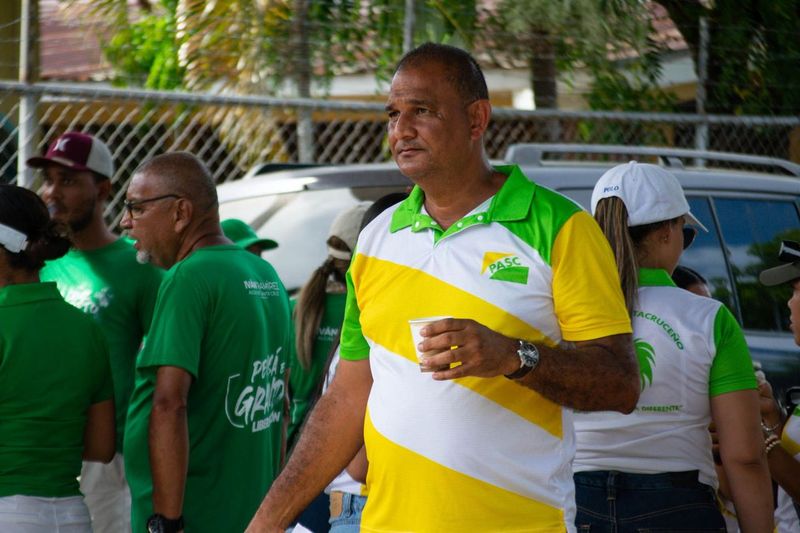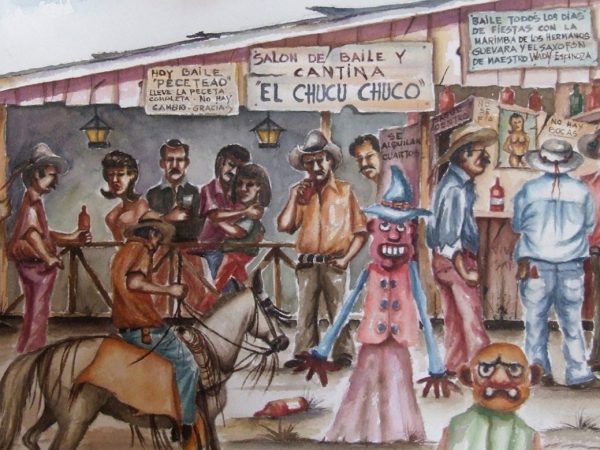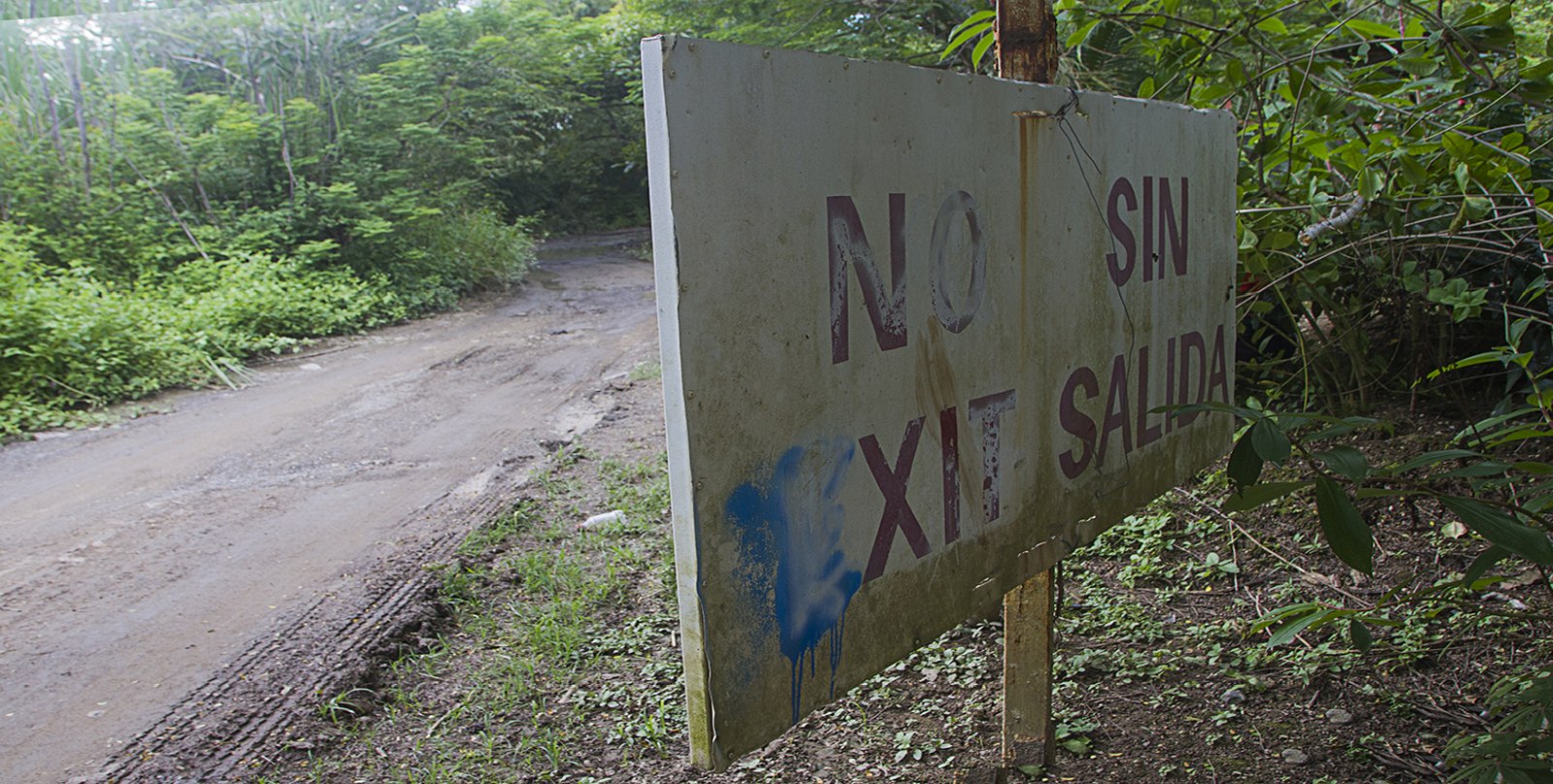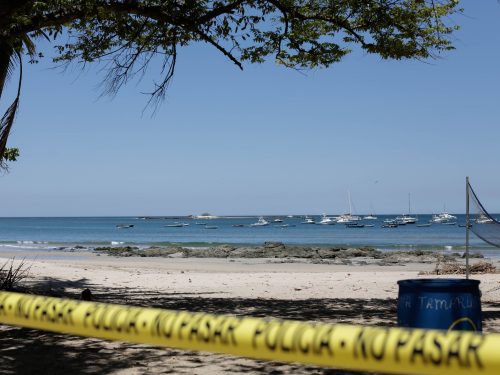
An audit report from the Municipality of Santa Cruz warns that the local government had work done on streets without giving priority to the real needs of the communities. In addition, it calls into question the quality of the work on some roads.
In total, there are five routes questioned by the auditor: Jobos, Paraíso – Hernández, Bernabela – San Juan, Camarenos and El Aguacate in San José de la Montaña.
The report from auditor Luis Barrantes, dated January 19, 2024, explains that the audit investigations began after residents of San José de la Montaña denounced that the Municipal Road Management Technical Unit fixed a road that didn’t benefit the community. The other communities complained about the poor condition of the roads that had been worked on.
The mayor, Jorge Arturo Alfaro, refutes the accusations and thinks that they were politically motivated prior to the municipal elections.
We were in politics [when the report came out]. There are many people who lend themselves to politics. I’m not saying that’s the case of the auditor, but if there’s a rumor, there’s probably something to it…. What these people want is to return to the two-party system,” Alfaro remarked.
Mayor says that repairs are preventive
Potholes and poorly placed materials on the roads of Jobos, Paraiso – Hernández, Bernabela and los Camarenos are “a sign that there could be possible inconsistencies in the quality of the materials used (…) and the obvious risk in terms of durability,” specifies the report.
Despite what the report says, the auditor admitted that he does not have the capacity to analyze the real state of the roads. The report’s criteria is based on “a deterioration just by how it looks” and requires an analysis by the National Laboratory of Materials and Structural Models (Spanish acronym: LANAMME) of the University of Costa Rica (UCR), he said.
Barrantes commented that he requested the analysis from the laboratory, but LANAMME’s press department told The Voice that nothing is in process due to a request from the auditor. The only request they have from the local government is the one made by the technical unit’s engineer, Mary Paz Castillo, to evaluate the Bernabela road and obtain advice to improve it.
According to the laboratory, they carried out the road inspection in November of 2023 and are in the process of preparing the report with the results.
A response from the technical unit to the audit report says that in Jobos, Paraíso – Hernández and in Camarenos, the mayor’s office applied an asphalt emulsion against erosion. This work, according to the document, is intended to protect the subbase and reduce dust.
“It’s like saying: here I have these beans. I’m going to cover them well with this plastic so that dust doesn’t fall on them and bugs don’t get on them. And as soon as I can, well, I’ll prepare them,” explained the mayor. “[Camarenos] has held up through all the fiestas and heavy vehicles. Now we want to repair potholes a little for the meantime [until] we have the money to be able to pave [it].”
In the event that the auditor verifies that the repairs were deficient, the official affirms that he will present the evidence to the Comptroller General of the Republic.
One plan and another…
In the case of the El Aguacate route in San José de La Montaña, the audit report questions around two kilometers (1.25 miles) of the route that the municipality had work done on. To Barrantes, the municipality did the work without prioritizing the needs of the people who live on the street and without taking into account the Five-Year Road Preservation and Development Plan (Spanish acronym: PVQCD).
The five-year plans are documents that define the roads that will be a priority to repair for the municipalities. Although Barrantes says that compliance with them is not mandatory, he thinks that following them is a way to give priority to the needs of Santa Cruz residents.
It’s not a serious offense because they’re not stealing any money or anything illegal. The issue is prioritization of the use of public funds,” Barrantes argued.
To the mayor, the investment in El Aguacate is part of a project to connect San José de La Montaña with the 27 de Abril route and “give another transitable option to those people in that sector. Logically, we don’t have the resources to do it completely,” he explained.
Both the mayor and the auditor expressed that the municipality is currently developing a new five-year plan. However, Alfaro affirmed that since 2017, all of the roads that were worked on have been included in an investment plan for road improvement that was made by the municipality together with the Municipal Development and Consulting Institute (Spanish acronym: IFAM).







Comments